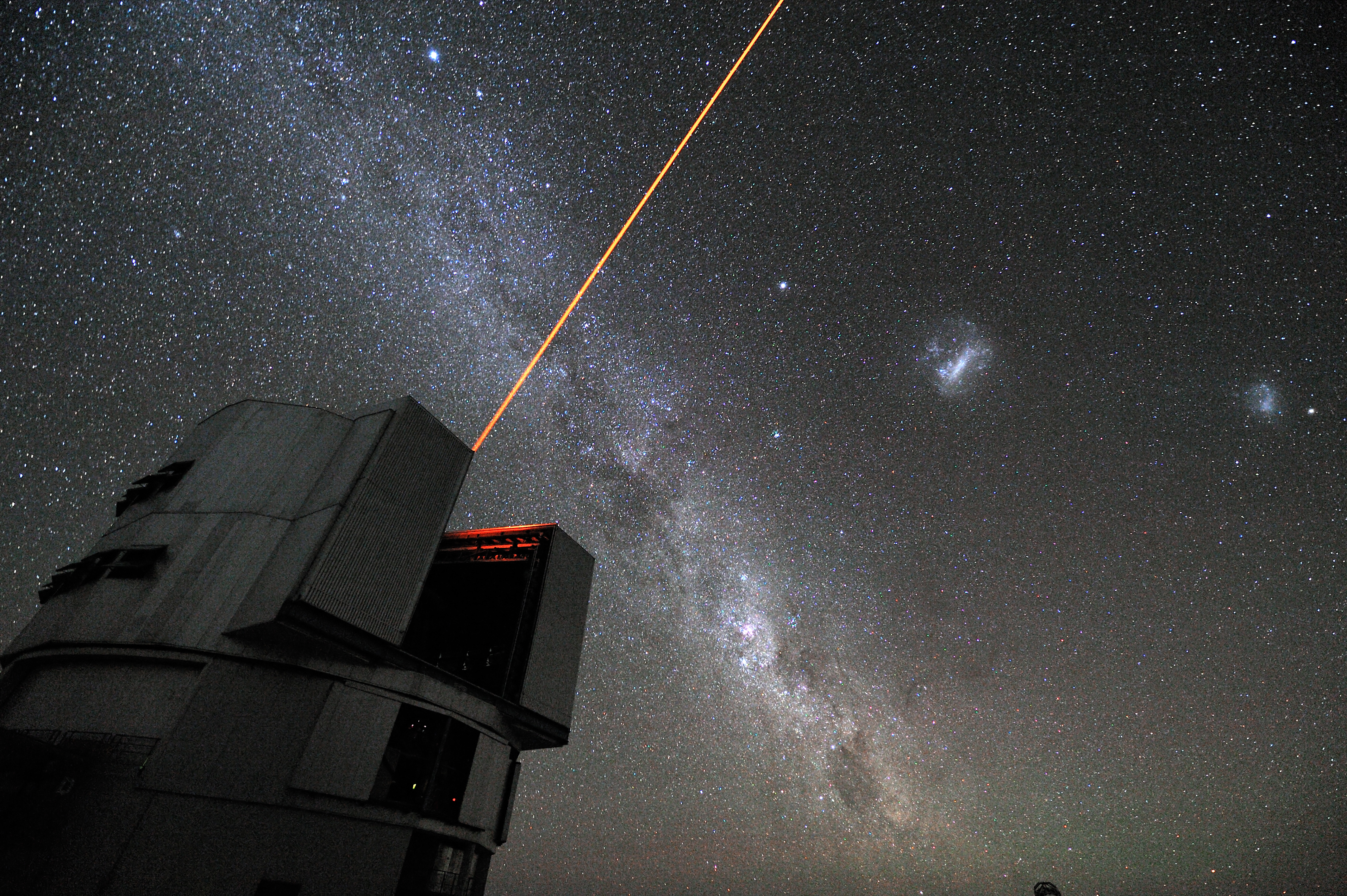- GCC
- GNU Make
- GNU Scientific Library 1.16+
- SAO-DS9 (optional, for viewing output FITS)
- Python 2.7 (see below)
- NumPy 1.7+
- Scipy 0.12+
- Matplotlib 1.1+
- Astropy 0.3+
In order to facilitate the compatibility of required Python packages, an installation of the Anaconda Python Distribution is highly recommended as it contains all required packages. The academic license is free, and installation does not require root priveledges.
Before running, the C source code must be compiled. This can be done simply by typing in the terminal:
make
make clean
This command will remove all backup and compiled files so that the directory reverts back to its original state.
A detailed list of argument options and their explanations can be found by typing
python crifors.py -h
or
python crifors.py --help
python crifors.py Y
This simple command will produce a simulated Y band image of an included
PHOENIX synthetic spectra (Husser et al. 2013).
The output will be directed to the output directory.
Note that this is the default setting, and is equivalent to the commands
python crifors.py Y p
and
python crifors.py Y phoenix
Input spectra can either be specified in a single file (fits or txt),
python crifors.py Y </path/to/spectrum.fits>
or by 2 separate files:
python crifors.py Y </path/to/wavelength.fits> </path/to/flux.fits>
The wavelengths units must be in [nm]. If they are not (ie. Angstroms),
a --factor can be passed to convert it to nm.
python crifors.py Y </path/to/wavelength.fits> </path/to/flux.fits> --factor=0.1
In addition to supplied input spectra and the included PHOENIX model, the following sources can be input as well:
With the flatfield source, f, F or flatfield, an ideal flatfield spectrum
is fed into the spectrograph. It assumes a continuous, uniform distribution.
python crifors.py Y F
A few often-used opions are offered as command line options as described in the following. For full control you need to supply a config file.
A config file of instrument and simulation can be passed to override default
settings. The distributed config.cfg is an exact copy of the default cfg file,
but settings can be
changed, such as detector offsets and rotation, or noise levels.
Additionally, any file of the same style may be given to --config.
Not all settings must be listed in the config file ie. it is okay to list
only detector settings.
python crifors.py Y </path/to/spectrum.fits> --config=<path/to/config.cfg>
In this context we mean by PSF the distribution of light in the slit, when it
gets populated with rays. The choice is made via --psf with one of the
following values:
gaussian(default) - a 2d-Gaussian with its width according to--seeing(see below).uniform- uniform flat distribution, filling the whole slit. Useful for flatfields.decker1- asuniform, but blocking the second and fourth quadrant of the slit, counted from the top.decker2- asdecker1, but blocking the first and third slit quarter.
Seeing is represented by the FWHM of a gaussian, with a default of 1.5
arcseconds.
It can be changed with the --seeing option:
python crifors.py Y </path/to/spectrum.fits> --seeing=2.0
The echelle angle can be changed by the --echang option. Note that with
with a default of 63.5:--model=interp, it can only be given in increments of 0.5 from 60.0 to 70.0
python crifors.py Y </path/to/spectrum.fits> --echang=64.1
Shot noise is inherent in the implementation of the simulation.
However, in order to produce readout noise and dark current, the --noise
flag must be passed:
python crifors.py Y </path/to/spectrum.fits> --noise
The input number of rays (default 1e7) can be specified by the --nrays
option:
python crifors.py Y </path/to/spectrum.fits> --nrays=1e8
Note that this increases memory consumption. If a large number is needed,
this can be alleviated by using the --nruns option, where each simulation
run would be equal to nrays.
python crifors.py Y </path/to/spectrum.fits> --nrays=1e8 --nruns=20
would be the same as
python crifors.py Y </path/to/spectrum.fits> --nrays=2e9
The input spectra can be shifted by a given radial velocity in [m/s] using the
--rv option:
python crifors.py Y </path/to/spectrum.fits> --rv=3.0
The width of the slit can either be 0.2 (default) or 0.4 arcseconds.
This is controlled by the --slit-width option:
python crifors.py Y </path/to/spectrum.fits> --slit-width=0.4
This option convolves each ray with a kernel. The advantage of this is that it can produce a higher SN image with less computational time.
python crifors.py Y --spread
The following telluric line species calculated by LBLRTM (see Husser & Ulbrich, 2014) are included:
- CH4
- CO2
- H2O
- N2O
- O2
- O3
The flag can be entered as follows:
python crifors.py Y </path/to/spectrum.fits> --telluric
Option to add a polarimeter shift to ray coordinates, duplicating each ray with beam splitter separation:
python crifors.py Y </path/to/spectrum.fits> --polarimeter
The blaze function is calculated and implemented to the spectrum using the --blazeoption:
python crifors.py Y </path/to/spectrum.fits> --blaze
The output spectrum can be shown as wavelengths for each pixel instead of counts using the --wavemap option:
python crifors.py Y </path/to/spectrum.fits> --wavemap
- physical model
w/ blaze functionit seems that the problem here lies with inconsistent instrument parameters polarimeter mode- background light file
slit decker maskconfig file inputinput echelle angle interpolation
- time variation of parameters (slit psf center, seeing, etc.)?
- slit sky background?
- multiprocessing? (this will require significant reworking if using
multiprocessingmodule; otherwise could usepathos, but still much work) - individual parameters by command line
